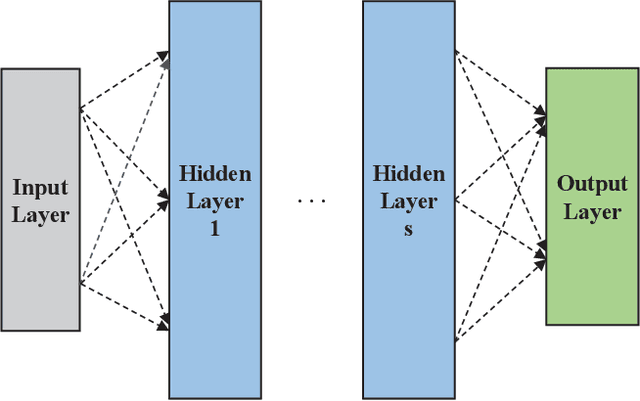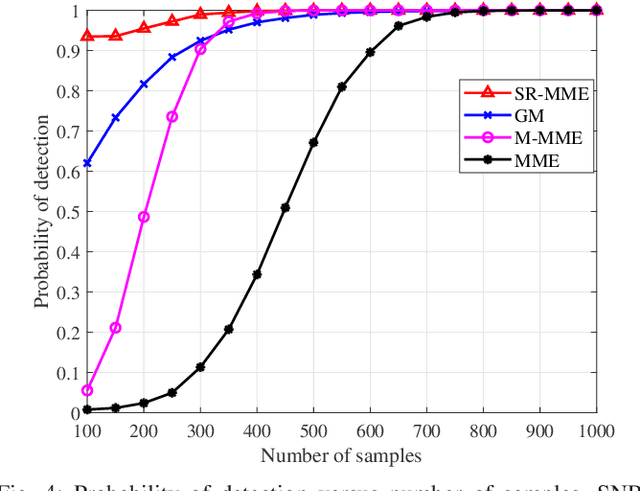Haiwei Song
Federated Learning-Based Localization with Heterogeneous Fingerprint Database
Mar 29, 2022



Abstract:Fingerprint-based localization plays an important role in indoor location-based services, where the position information is usually collected in distributed clients and gathered in a centralized server. However, the overloaded transmission as well as the potential risk of divulging private information burdens the application.Owning the ability to address these challenges, federated learning (FL)-based fingerprinting localization comes into people's sights, which aims to train a global model while keeping raw data locally. However, in distributed machine learning (ML) scenarios, the unavoidable database heterogeneity usually degrades the performance of existing FL-based localization algorithm (FedLoc). In this paper, we first characterize the database heterogeneity with a computable metric, i.e., the area of convex hull, and verify it by experimental results. Then, a novel heterogeneous FL-based localization algorithm with the area of convex hull-based aggregation (FedLoc-AC) is proposed. Extensive experimental results, including real-word cases are conducted. We can conclude that the proposed FedLoc-AC can achieve an obvious prediction gain compared to FedLoc in heterogeneous scenarios and has almost the same prediction error with it in homogeneous scenarios. Moreover, the extension of FedLoc-AC in multi-floor cases is proposed and verified.
Machine Learning Methods for Inferring the Number of Passive Emitters via Massive MIMO Receive Array
Mar 02, 2022



Abstract:To improve the efficiency and accuracy of direction finding with massive MIMO receive array, it is necessary to determine the specific number of signal emitters in advance. In this paper, we present a complete DOA preprocessing system for inferring the number of passive emitters. Firstly, in order to improve the accuracy of detecting the number of signals, two high-precision signal detectors, square root of maximum eigenvalue times minimum eigenvalue (SR-MME) and geometric mean (GM), are proposed. Compared to other detectors, SR-MME and GM can achieve a high detection probability while maintaining extremely low false alarm probability. Secondly, if the existence of emitters is determined by detectors, we need to further confirm their number, that is a problem of pattern classification. Therefore, we perform feature extraction on the the eigenvalue sequence of sample covariance matrix to construct feature vector and innovatively propose a multi-layer neural network (ML-NN). Additionally, the support vector machine (SVM), and naive Bayesian classifier (NBC) are also designed. The simulation results show that the machine learning-based methods can achieve good results in signal classification, especially neural networks, which can always maintain the classification accuracy above 70\% with massive MIMO receive array. Finally, we analyze the classical signal classification methods, Akaike (AIC) and Minimum description length (MDL). It is concluded that the two methods are not suitable for scenarios with massive receive arrays, and they also have much worse performance than machine learning-based classifiers.
 Add to Chrome
Add to Chrome Add to Firefox
Add to Firefox Add to Edge
Add to Edge